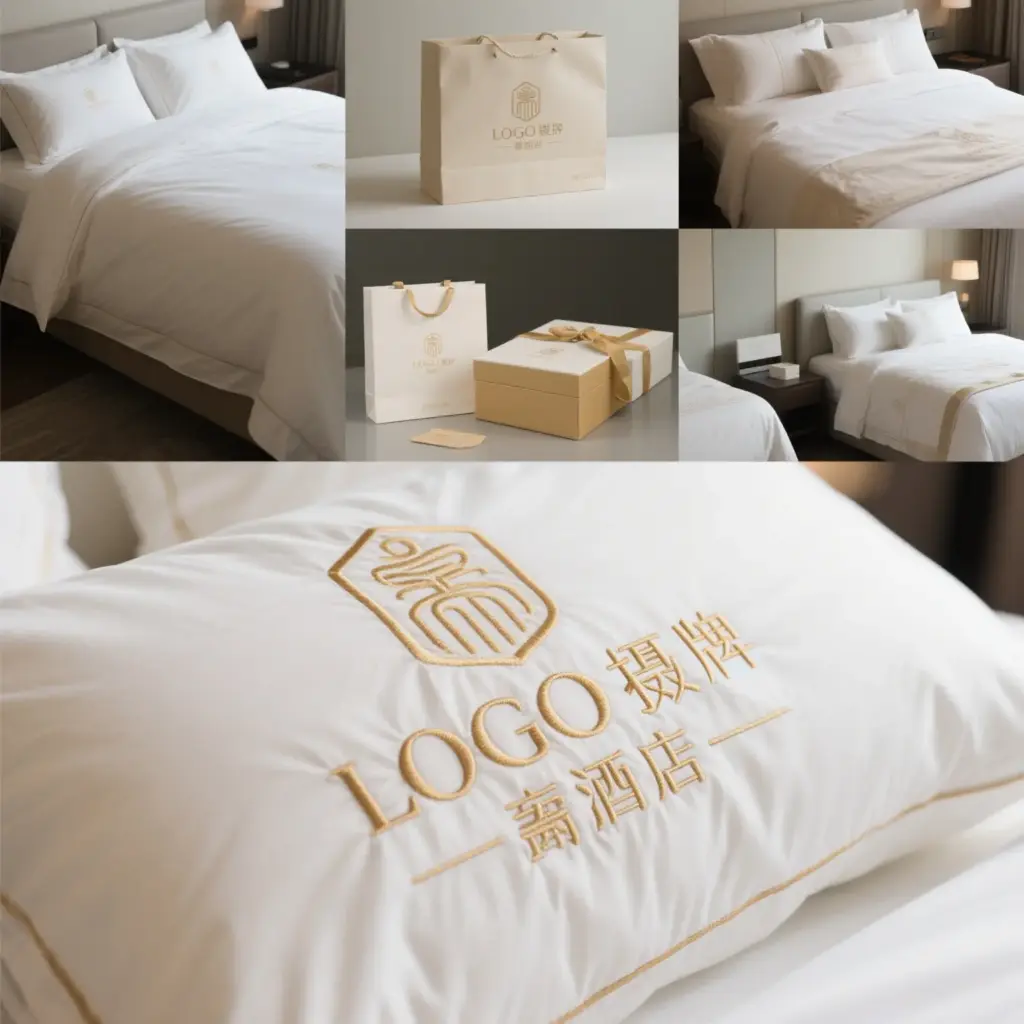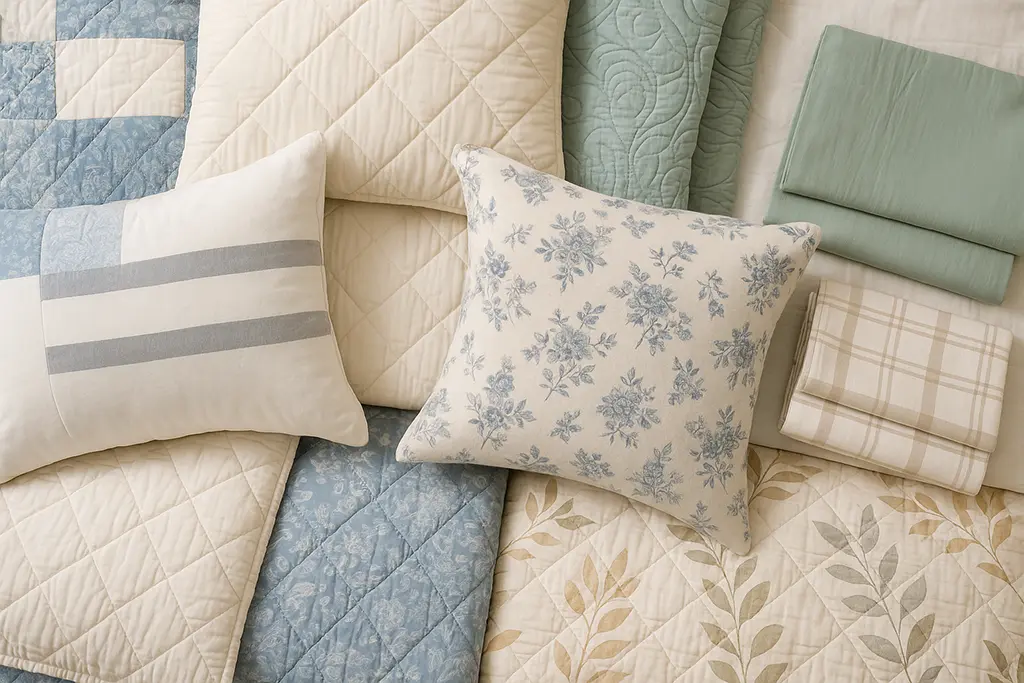As the demand for quality and affordable bedding products continues to grow, many retailers and private label brands are turning to China as a top sourcing destination. With its vast manufacturing capacity, skilled labor, and competitive pricing, China is home to some of the world’s leading bedding manufacturers.
If you’re a retailer, eCommerce seller, or home textile brand looking to import bedding products from China, this guide walks you through each step—from finding a reliable supplier to shipping and customs clearance.
- Step 1: Understand What Bedding Products You Want to Import
- Step 2: Find a Reliable Bedding Manufacturer in China
- Step 3: Request Samples and Check Quality
- Step 4: Negotiate Pricing and Minimum Order Quantity (MOQ)
- Step 5: Confirm Lead Time and Production Schedule
- Step 6: Arrange Quality Control Inspection
- Step 7: Handle Shipping and Customs Clearance
- Step 8: Prepare for Storage, Fulfillment, and Sales
- Why Import Bedding from China?
Step 1: Understand What Bedding Products You Want to Import
Before reaching out to suppliers, clearly define what bedding products you want to import. Common categories include:
- Comforters and duvets
- Pillow inserts and decorative pillows
- Bed sheets and sheet sets
- Mattress protectors
- Blankets and throws
- Quilts and bedspreads
Be specific about fabric preferences (e.g., cotton, microfiber, bamboo, linen), filling materials (e.g., polyester, down, memory foam), and certifications required (e.g., OEKO-TEX®, BSCI, GOTS).

Step 2: Find a Reliable Bedding Manufacturer in China
Not all suppliers are equal. Look for an experienced and reputable bedding manufacturer in China that can deliver consistent quality, support custom branding, and provide compliance documents.
How to find them:
- B2B platforms: Alibaba, Made-in-China, Global Sources
- Trade shows: Canton Fair, Intertextile Shanghai
- Direct search: Use Google to find manufacturers with their own websites
Pro tip: Look for manufacturers who own their factory, not just trading companies. This gives you better pricing and control over quality and timelines.
If you’re looking for a professional and certified bedding manufacturer in China, contact our team to explore how we can support your brand with high-quality bedding products.

Step 3: Request Samples and Check Quality
Once you shortlist suppliers, request product samples. Evaluate them based on:
- Stitching and seam strength
- Fabric softness and breathability
- Filling uniformity
- Washing durability
- Packaging options
Also confirm customization capabilities if you’re building a private label brand—such as logo embroidery, woven labels, or custom packaging.
For more information, please contact us to discuss more details to reach your customized requirements.
Step 4: Negotiate Pricing and Minimum Order Quantity (MOQ)
Chinese manufacturers often offer tiered pricing based on quantity. Understand:
- Unit price
- MOQ per design/color
- Price differences between stock vs. custom orders
- Payment terms (typically 30% deposit, 70% before shipment)
Get everything in writing via a formal proforma invoice (PI) to avoid confusion.
Step 5: Confirm Lead Time and Production Schedule
Production typically takes 15–45 days, depending on order size and customization. Clarify:
- Sample approval time
- Mass production lead time
- Quality inspection timing
- Delivery window
Stay in regular contact during production to monitor progress and avoid delays.
Step 6: Arrange Quality Control Inspection
Before your goods leave the factory, it’s wise to conduct a pre-shipment inspection. You can hire third-party QC agencies (like SGS or Intertek) to:
- Check product quality against your specs
- Verify quantity and packaging
- Perform random drop tests for cartons
- Approve shipping marks
This helps avoid disputes and ensures customer satisfaction.
In Yintex, you also can ask us to take videos to record every quality inspection process as your inspection points lists.
Step 7: Handle Shipping and Customs Clearance
Decide whether you’ll use EXW, FOB, or DDP terms.
- FOB (Free on Board): The supplier delivers goods to the port, and you handle shipping
- DDP (Delivered Duty Paid): The supplier manages shipping and import taxes
- EXW (Ex Works): You handle everything from the factory gate onward
Choose between sea freight (for large shipments) or air freight (for urgent orders). Work with a freight forwarder to help with customs, import duties, and documentation.
Pro: the DDP is suitable currently for the US market that the Chinese factory will help you deal with the tariff issues. Other countries, it depends on your requirements.
Step 8: Prepare for Storage, Fulfillment, and Sales
Once the products arrive, have a plan in place:
- Use 3PL warehouses or Amazon FBA if you sell online ( for e-commerce
- Test your packaging and labeling compliance with local standards
- Launch your marketing campaign with lifestyle images and product benefits
- Gather customer reviews to boost trust
Chinese suppliers can usually provide a variety of labeling services, so many Amazon sellers let Chinese suppliers handle labeling directly and transport directly to Amazon warehouses. You only need to give the labels and the information required for warehousing to the Chinese suppliers in the Amazon backend, and they will help you handle all shipping to Amazon warehouse matters.

Why Import Bedding from China?
- Competitive prices even with shipping costs
- Wide variety of materials and styles
- Strong customization capabilities for private labels
- Experienced manufacturers with global export experience
Working with a trustworthy bedding manufacturer in China helps you scale faster while ensuring product quality and brand reputation.
Ready to import bedding from a reliable Chinese manufacturer? Get in touch with us today for a free quote and sample pack.


Leave a Reply